
Summer 2019
Issue 55
Music and Children’s Literature
![]()
Music and Children’s Literature
Music surrounds us. Whether it is something we have chosen for ourselves from our own personal playlist or the music – or should that be muzak – that bombards us when we shop. We can enjoy music as part of an audience or we can make music ourselves, perhaps playing an instrument or even more personally using our own voice; you do not have to be a diva, singing is something that comes naturally.
How does music translate onto the page – not as a score with the coded symbols to be unlocked by musicians – but as words? How do authors and illustrators rise to this challenge? How important is it for music to be present in the written text? These are some of the themes touched on in this latest IBBYLink as our contributors explore an often personal response to music and writing.
Janelle Mathis opens proceedings in an article that looks at the way literature and music – each a language – are linked contextually, aesthetically and through the recognition that both are processed through the same cognitive skills and abilities. They are interconnected in so many ways that are not immediately recognised but both are universal and intercultural. Words are sounds and sounds lead to music – as Janelle Mathis points out ‘Literature is a well-matched vehicle to encourage the intercultural role of music for young literacy learners.’
And not just interculturally around the world but across the ages as Kevin Crossley-Holland shows in his novel Gatty’s Tale. Here he reflects on how much music, so important to him personally, has pervaded the narrative just as it would have pervaded life in the Middle Ages – not recorded music but the music that comes from the voice as an instrument, music that uses words.
Music is not just of the past but is very much of today, and is as important to the young as it is to older audiences. In her young adult novel Love Song, Sophia Bennett explores the world of the boyband: the relationships, passions and commitment are all forged through music and music making, and affecting not just those making the music but also the fans who listen.
It is perhaps not too difficult to make the link between music and words, the musician and the author. How does an illustrator bring music into the picture? Synaesthesia is a known condition and in his picture book Here Comes Frankie! Tim Hopgood explores this visually, allowing his readers to see the sounds. This is not the only picture book he has created linking music and song to illustration. In Singing in the Rain (his readers will be humming as they open the book, so famous are the lyrics), he again brings sounds to life and provides us with a glimpse of how he approached the challenge.
Linking music and text intimately is The Phoenix of Persia from Tiny Owl. In this vibrantly illustrated retelling of an Iranian tale – the colours really do sing off the page – the storyteller Sally Pomme Clayton has joined forces with Iranian musicians playing traditional instruments to bring the text to life musically, together with the words. Here there is a very real juxtaposition of the two art forms creating a different experience but showing, as do all the contributors, how closely music and literature work together.
Ferelith Hordon
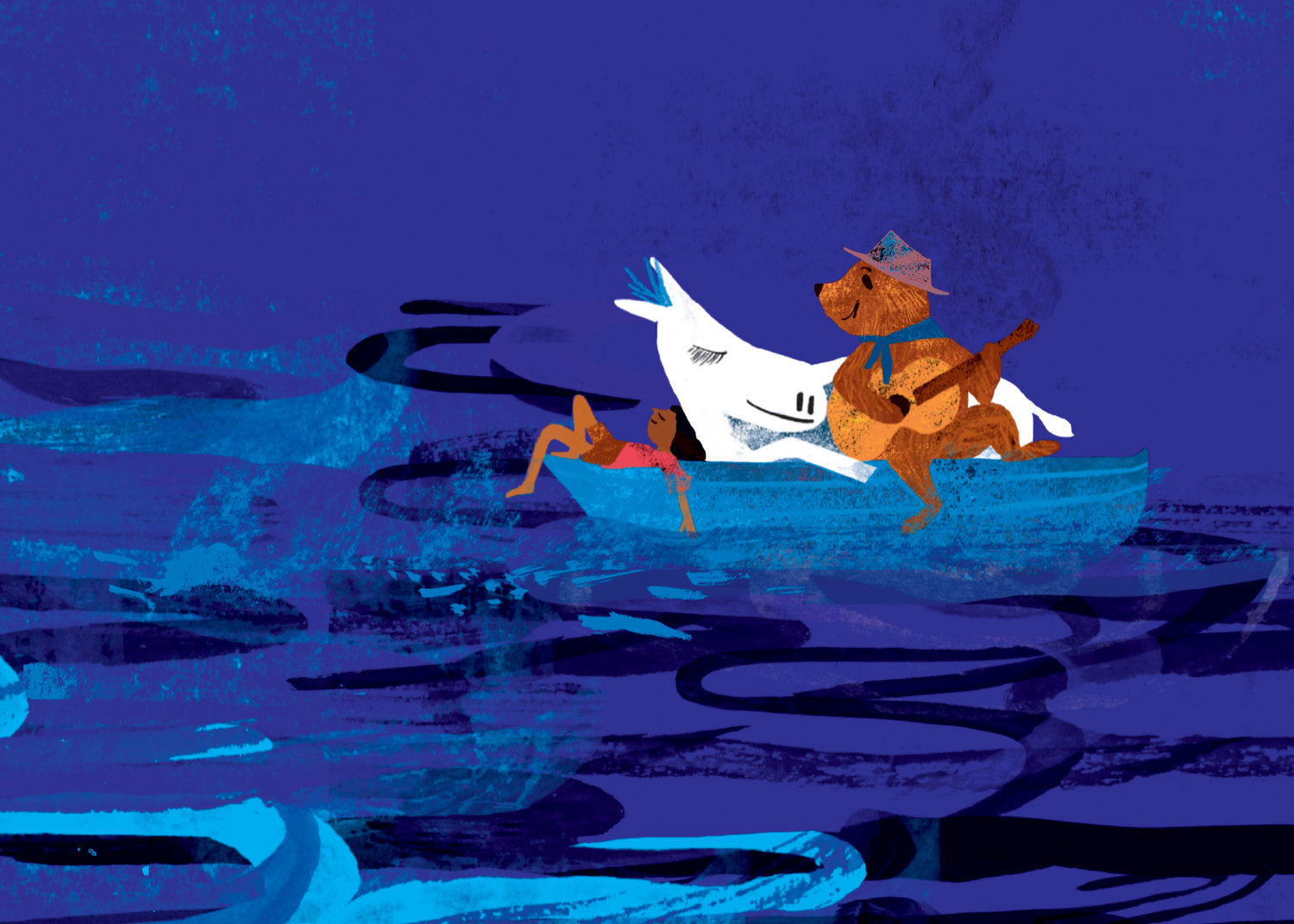
From Moon River. Illustration © 2019 Tim Hopgood. Published by Oxford University Press. Book based on the song by Johnny Mercer and Henry Mancini.
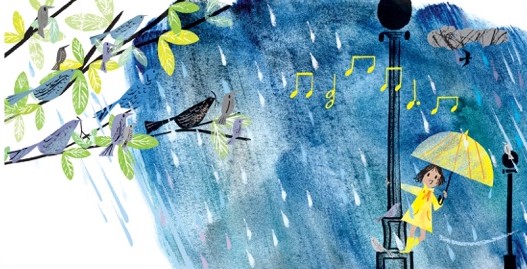
Creating Picture Books Around Music
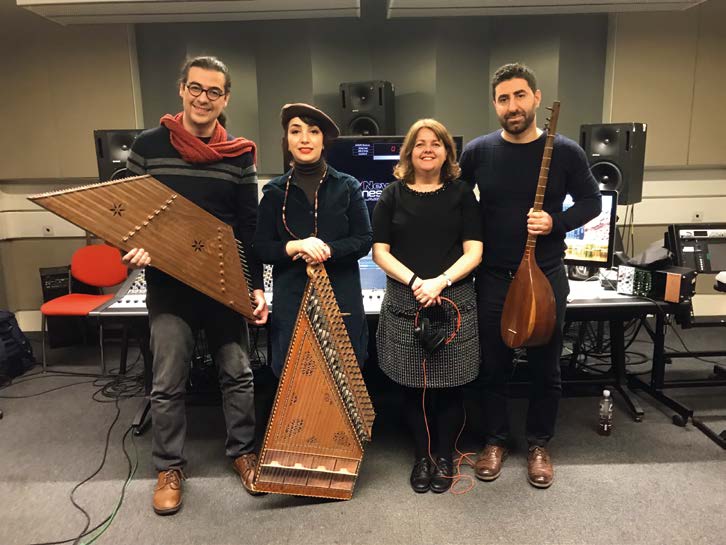
The Phoenix of Persia Revives an Ancient Story as a Multimedia Picture Book
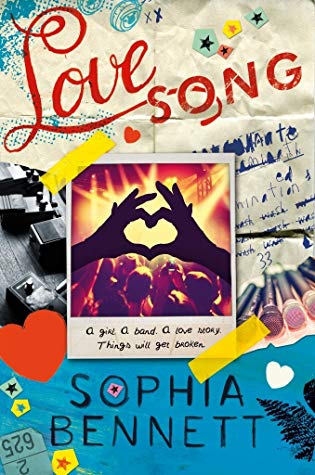
On Music – The Making of Love Song
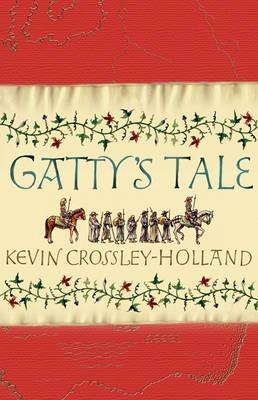
A Sort of Song of Everything: Gatty’s Tale and Music
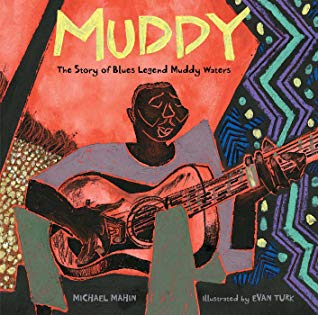
Giving Voice to the Global Community through Storied Experiences
Janelle Mathis Music is a living, vital aspect of how we learn about ourselves, share our stories, understand the cultures and stories of others, and use multimodal means to comprehend the world around us. Music is acknowledged as a traditional cultural form, assuming...
